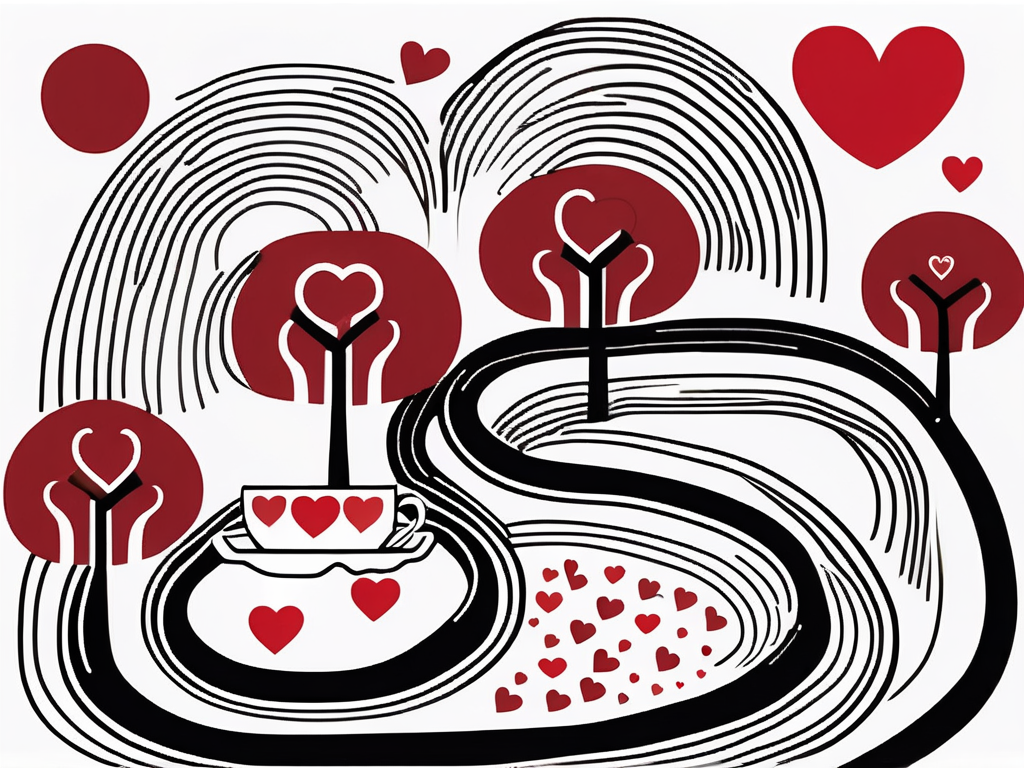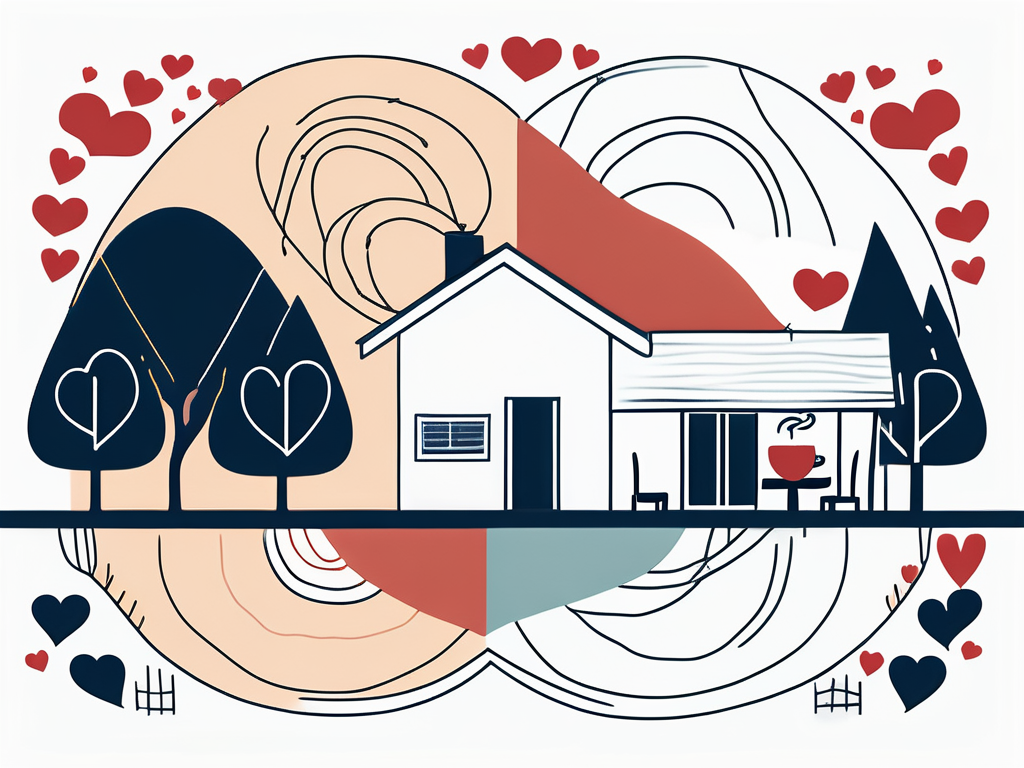
In romantic connections, “dating” and “relationship” are often used interchangeably. However, they represent distinctly different stages of emotional engagement.
This article aims to clarify the differences between dating and being in a relationship, exploring how each phase impacts personal growth, companionship, and commitment.
Defining Dating: An Overview
Dating is the initial phase of getting to know someone romantically. It often involves a series of casual encounters or activities that allow individuals to explore their chemistry and compatibility. During this period, the dynamics can be light-hearted and spontaneous but still significant for those involved.
The Casual Nature of Dating
Dating typically lacks the intensity and commitment that define a deeper relationship. Most participants engage in this phase with an open mind, enjoying the freedom to meet various people. It’s common for individuals to go on dates without expecting a long-term commitment.
This casual nature often allows people to gauge their interest in one another. They may choose to meet for coffee, attend events together, or simply hang out. The stakes are generally lower, making it easier to enjoy the company without much pressure. This flexibility can lead to a variety of experiences, from spontaneous adventures to quiet evenings filled with meaningful conversation. Each date serves as a unique opportunity to learn about different personalities, interests, and lifestyles, enriching one’s social experiences.
The Role of Commitment in Dating
While dating can be enjoyable, commitment is often minimal. Individuals may see multiple people at once, which is acceptable within the dating framework. This non-exclusive setup allows for exploration, experimentation, and social growth.
However, participants need to communicate their intentions. Some may prefer a more serious approach to dating, wanting to focus on a single person early on. Clarity about one’s expectations can prevent misunderstandings and emotional distress. The balance between wanting to keep options open and the desire for a deeper connection can create a complex emotional landscape, where individuals must navigate their own feelings and those of others. Establishing boundaries and discussing exclusivity can help ensure that all parties are on the same page, fostering a healthier dating environment.
The Emotional Aspect of Dating
The emotional investment during the dating stage can vary widely. Some may develop feelings quickly, while others might remain guarded. The thrill of new connections often fosters excitement and curiosity.
Nonetheless, it’s important to recognize that superficial emotions can sometimes guide decisions in dating. Participants need to balance their emotions with rational consideration, ensuring that their hearts do not cloud their judgment. As individuals explore romantic possibilities, they may find themselves caught in a whirlwind of emotions, from the exhilaration of a first kiss to the anxiety of waiting for a text back. This emotional rollercoaster can lead to significant personal growth, as individuals learn more about their own desires, boundaries, and what they truly seek in a partner. Understanding these feelings can help in making more informed choices as one navigates the often unpredictable waters of dating.
Understanding Relationships: A Closer Look
In contrast to dating, relationships typically represent a deeper level of commitment and emotional connection. Here, individuals prioritize each other and invest more emotionally and practically into the partnership. This section will delve into the layers that make up a successful relationship.

The Depth of Emotional Connection in Relationships
When two people establish a relationship, emotional intimacy becomes a cornerstone. They often share secrets, fears, and dreams, fostering a bond that grows over time. It’s no longer about casual meetups but about mutual understanding and support.
Relationships require both parties to nurture their connection actively. Open conversations about feelings and experiences strengthen the emotional fabric that holds them together.
This emotional labor is vital; it allows partners to navigate challenges more effectively and reinforces their commitment. Engaging in shared activities, such as exploring hobbies or creating new traditions, can further enhance this intimacy, allowing partners to create a shared narrative that deepens their bond.
The Role of Exclusivity in Relationships
Exclusivity is a critical factor distinguishing relationships from dating. In a committed relationship, partners usually agree to focus solely on each other. This agreement signifies a deeper level of trust and investment.
Exclusivity can introduce a layer of security that many seek in romantic partnerships. Knowing you are the only one for your partner creates a safe emotional space where love can flourish. This sense of security often encourages partners to be more vulnerable, sharing their true selves without fear of judgment or rejection. Additionally, the commitment to exclusivity can lead to a stronger foundation for the relationship, as both individuals feel empowered to invest their time and energy into nurturing their connection without the distractions of outside relationships.
Long-Term Goals and Relationships
Unlike dating, relationships often involve discussions about future aspirations. This can include plans for family, travel, or career goals that align with one another. Partners begin to envision their lives together, increasing their investment in the relationship.
Setting long-term goals fosters alignment and ensures both participants share similar visions. This shared outlook can be essential for overcoming obstacles together in the future. Furthermore, discussing and planning for the future can also bring partners closer, as they navigate the complexities of life as a united front. Engaging in these conversations can reveal each partner’s values and priorities, allowing for a deeper understanding of one another. As they work towards these goals, couples often find themselves growing not just as partners, but as individuals, supporting each other’s personal development along the way.
Key Differences Between Dating and Being in a Relationship
As we’ve explored, the transition from dating to a relationship involves several significant changes. Let us summarize the contrasting features that define both states, making it easier to understand the dating vs relationship debate.

Commitment Level: Dating vs Relationship
The most prominent difference lies in the level of commitment. In dating, commitments are typically informal and may not exclude others. Conversely, relationships demand a higher level of exclusivity and devotion.
This distinction often impacts emotional investments. While a person may feel a range of emotions in dating, those feelings tend to deepen significantly in a relationship. The shift from casual outings to meaningful experiences can create a profound sense of connection, as partners begin to invest more of their time and energy into each other. This transition can also lead to a re-evaluation of personal priorities, as individuals may find themselves making choices that reflect their partner’s needs and aspirations.
Expectations and Boundaries: How They Differ
Expectations play a pivotal role in demarcating dating from serious relationships. Daters often have fluid boundaries, adjusting to individual comfort levels. However, relationships necessitate clearer boundaries, as both partners aim for alignment.
Effective communication is crucial in navigating these boundaries as both parties share their needs and desires. Defining boundaries can help prevent conflicts and foster understanding. In a relationship, partners might discuss topics such as financial responsibilities, social commitments, and even family dynamics, which are often less emphasized during the dating phase. This level of discourse not only strengthens the bond but also lays the groundwork for a more stable partnership, as both individuals become attuned to each other’s expectations and limitations.
The Role of Communication in Dating and Relationships
Communication dynamics differ notably between dating and being in a relationship. Initially, conversations may focus on superficial topics or fun activities. As partners enter a relationship, discussions often deepen, covering emotions, opinions, and future plans.
Clear and consistent communication is essential for thriving relationships. It promotes transparency and trust, allowing partners to navigate challenges together. In a committed relationship, partners are more likely to engage in difficult conversations about their feelings, fears, and aspirations. This openness not only enhances intimacy but also empowers both individuals to grow together, as they learn to support each other through life’s ups and downs. Moreover, the ability to communicate effectively can serve as a foundation for conflict resolution, enabling couples to address misunderstandings before they escalate into larger issues.
Transitioning from Dating to a Relationship
Recognizing when to move from dating into a committed relationship can be challenging. However, understanding the signs and insights into navigating this transition can help foster a healthy partnership.

Recognizing the Signs of Transition
Several indicators can signify readiness for commitment. You may notice stronger emotional connections, shared goals, or a desire for exclusivity. If both parties demonstrate these signs, it may be time to discuss transitioning into a more serious relationship.
Being attentive to each other’s emotional needs is critical during this phase. Should there be mutual feelings of affection and security, the transition can be both natural and fulfilling. Additionally, it’s important to reflect on how you both handle conflicts and challenges together. A relationship built on trust and effective communication can weather storms, making the transition smoother and more sustainable.
Navigating the Shift: Tips and Advice
Transitioning can be tricky but also rewarding. Having open discussions about feelings, fears, and aspirations can lay a strong foundation for your relationship. Establishing expectations and addressing any apprehensions can ease the process. It can also be beneficial to share your individual visions for the future, as aligning your long-term goals can strengthen your bond and clarify your commitment to one another.
Moreover, it’s essential to be patient. Relationships take time to develop, and rushing the transition can lead to misunderstandings or resentment. Embrace the journey of growing together. Consider engaging in activities that allow you to explore each other’s interests and values more deeply. Whether it’s traveling to new places, trying out new hobbies, or simply spending quality time with each other’s families, these experiences can deepen your connection and provide a clearer picture of your compatibility as partners.
Conclusion: Choosing What’s Right for You
Understanding the differences between dating and being in a relationship is crucial for anyone navigating the world of romance. Each phase holds its charm and complexities that can contribute to personal growth.
Reflecting on Your Personal Needs and Wants
Look inward before making decisions. Do you thrive on spontaneity, or do you seek security? Knowing your preferences can guide you in either dating or entering a committed relationship. Self-awareness will empower you to make choices that align with your values.
Respecting Your Partner’s Desires and Boundaries
Your partner’s feelings are equally important. Clear communication regarding boundaries, needs, and aspirations creates a healthy dynamic. Whether you opt for casual dating or a serious relationship, mutual respect is key.
Ultimately, whether you choose to date casually or engage in a committed relationship, prioritize understanding yourself and your partner. This journey is about personal growth, connection, and the beauty of human interaction.
Discover the Truth Behind Your Relationship
While understanding the difference between dating and being in a relationship is key, it’s also crucial to ensure the trust and commitment you believe in are mutual. If you’re concerned about your partner’s fidelity and suspect they might be using Tinder, Cheaterbuster is here to help. Our reliable service, formerly known as Swipebuster, provides you with the answers you need with up to 99% accuracy. With our new facial recognition feature, even a fake name won’t hide the truth. For just $17.99, gain the peace of mind you deserve and find anyone on Tinder today. Your journey towards clarity and confidence in your relationship starts here.






